Audience: Runners
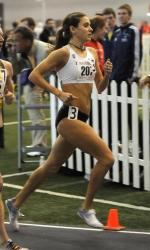 Purpose: To give a pictorial basic background into the movements that occur in the sagital plane (i.e. looking from the side) of the lower extremity during running at 3.1 meters/second (about a 5 minute km) and “sprinting” at 3.9 meters per second (about a 4.17 minute km).
Purpose: To give a pictorial basic background into the movements that occur in the sagital plane (i.e. looking from the side) of the lower extremity during running at 3.1 meters/second (about a 5 minute km) and “sprinting” at 3.9 meters per second (about a 4.17 minute km).
Sprinting is the dotted line in the graphs below.
Source: The following graphs have been adapted from Novachek (1998). It should be noted that there is some variability between studies.
I would note that there is certainly some other research suggesting that hip extension does not increase with running speed (or even when going from walking to running). While it may look like the upper thigh is bent further back when watching someone the actually movement is coming from an increase in the anterior pelvic tilt of the runner rather than from the hip extending backwards.
View these graphs as a schematic representation and understand that there is some differences across people.
If you like numbers: The knee is flexed about 25 degrees when the foot hits the ground, will flex an additional 20 or so degrees while it bends, it will then straighten to about 10-15 degrees shy of being completely straight and then it will bend more than 70 degrees when you swing it through.
While the above graphs show the general trend for changes from running to faster running (albeit with some debatable hip function) the graph below brings together all three movements of the hip, knee and ankle. This graphs has been adapted from the work of Jay Dicharry at the UVA lab.
The UVA lab is the same research group demonstrating how hip extension is not increased during running and how anterior pelvic tilt contributes to the thigh looking like it is further extended.
An interesting tidbit…
In a cool study (Leskinen et al 2009) comparing elite 1500 metre runners with national standard runners (still fast) and running the same speed a group of researchers found differences in their running kinematics. The authors found that the elite runners did not flex their knees as much during landing (i.e. stiffer knees) and that these runners flexed their hips faster.
Stay tuned for more posts going into further detail on running mechanics.
Your Toronto Physiotherapy source,
Greg

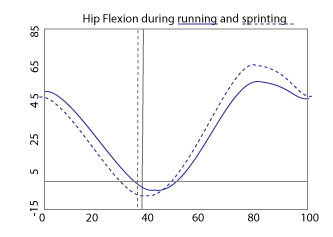
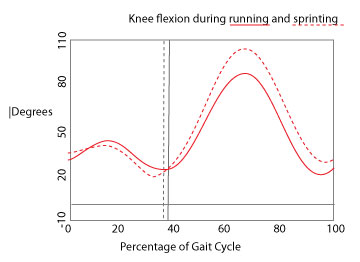
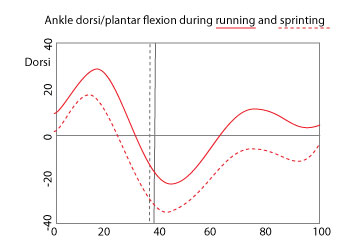
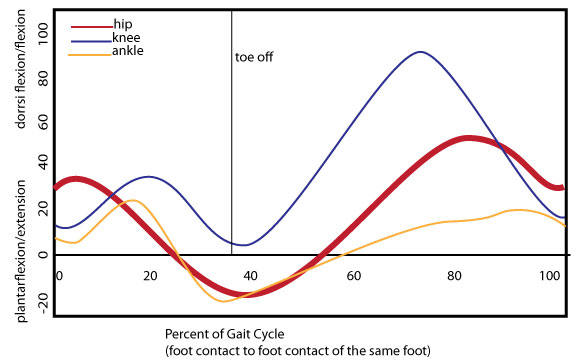
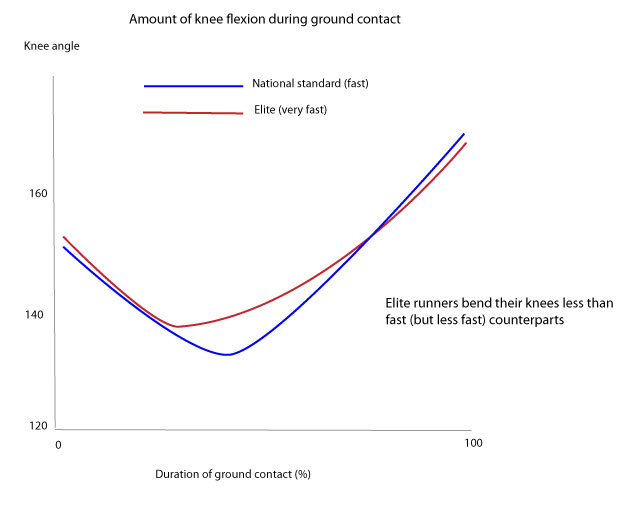



[...] first blog post ever was about a Juker and McGill paper that looked at psoas function and one of my favourite posts that I have written highlights how the transition from slowish running to really running fast correlates with changes [...]